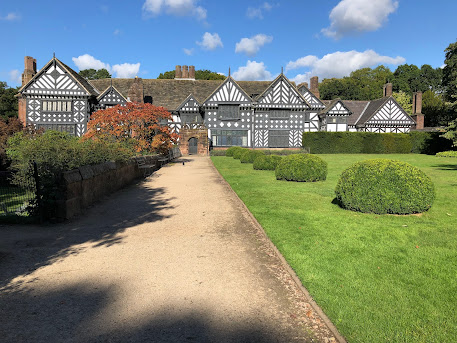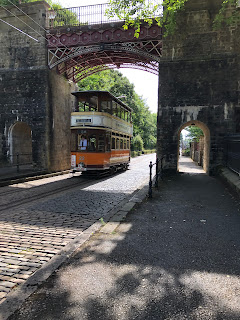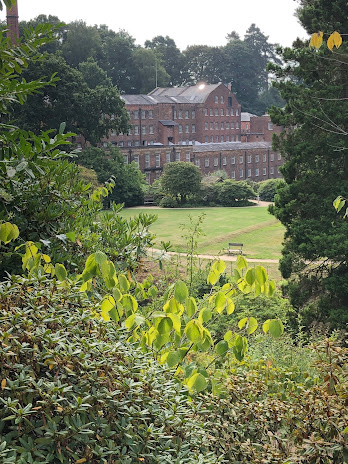Speke Hall

In Brief. Speke Hall is a grand Tudor house managed by the National Trust, surrounded by lawns, low-key formal gardens and woodland. The interior of the hall lacks the scale of some country houses, such as Lyme , but includes ornate wooden panelling and furniture, and light partly comes from a striking interior courtyard. The gardens provide varied views of the hall, and woodland walks help to justify a visit to the restaurant for a scone. Speke Hall from the South Lawn What's Here? Speke is a substantial Tudor country house, which was developed under two families from the 16th to the 19th Century. The hall has lawns on three sides, providing diverse views of the striking exterior. The interior features a substantial collection of ornate 19th century oak furniture that may seem rather ornate and gloomy to modern eyes, but certainly is not typical of country house furniture. There are also exhibitions on the persecution facing Catholic families, such as the owners of Speke, ...


